MOVIE REVIEW – The Society of the Snow, a work by director and co-screenwriter J.A. Bayona, tells the story of the 1972 plane crash in Andean cities in great detail, starring Argentine and Uruguayan actors. The film not only shows the miracle of survival and the power of the human spirit, but also reveals all the details of the tragedy, while dealing with the memory of the victims in a deeply human way. Bayona’s film brings the weight of the tragedy and the 72-day struggle that followed to life, while authentically portraying the stories of the survivors and the deceased.
Of the many literary, television and film adaptations of the 1972 Andean plane crash and its survivors, director and co-screenwriter J.A. Bayona’s The Society of the Snow is the first to recreate the events in such meticulous detail and with a cast entirely composed of Argentine and Uruguayan actors. A low-quality 1976 Mexican film (which some have accused of exploiting the tragedy in a shoddy way) and a 1993 American film starring Ethan Hawke were the only two feature film attempts to tell the terrible story of a charter flight from Uruguay to Chile, with a rugby team, friends and family on board, which crashed in the Andes due to an inexperienced co-pilot’s mistake. Of the 45 passengers, only 16 survived; many died in the crash, while others froze to death or died of wounds in the cold. The remaining survivors – like the characters in the TV series The Yellowjackets, which was later inspired by this story – were forced to feed on the flesh of the dead to survive, a moral ordeal made all the more difficult by the deeply religious beliefs of most of the team.
Great directorial choice
Before watching The Society of the Snow, I liked the idea of Bayona in the director’s chair. The Spanish director, who has successfully directed horror films, seemed up to the task. I wanted a director who wouldn’t sensationalise the miracle of survival and the resilience of the human spirit, contrary to what I had assumed with 1993’s Left Alive, a Hawke-starring film made by close collaborators of Steven Spielberg, while not exploiting every gory detail of the disaster and not going for cheap horror. I wanted a film that expressed exactly what Bayona managed to say at the end of The Society of the Snow in a single sentence: the survivors are as dead as those buried under the frozen ground or whose flesh was eaten until only their bones remained.
The reality portrayed is incredibly raw, but the director has nevertheless sought to remind us of the humanity of the dead – that they were once more than crushed bodies, mutilated limbs and infected body parts. We can feel the weight of the huge plane as it sinks into the snow with the passengers, and the despair of the survivors as their humanity comes more and more to the fore as it seems to be taken away from them by circumstances. The tragedy of the accident and the 72 days experienced by those who survived, through sheer force of will, was real and had terrible consequences.
Life was ahead of them…
Before the accident, The Society of the Snow takes time to introduce the young members of the rugby team, briefly describing their personalities, their relationships, the girls they like and the hopes they have for the future. Most of them are men in their early twenties with their whole lives ahead of them, but as our narrator Numa (Enzo Vogrincic Roldán) remarks about their impending winter captivity, “This is a place where life is impossible.”
The fatal diversion to the Andes was the result of a tragic mistake by the inexperienced co-pilot, who died shortly after the plane landed. The men and their companions were stranded in the desolate mountains for two months after a mandatory ten-day search proved fruitless. The men maintained their resourcefulness and good judgment in this extreme situation, even when the circumstances around them constantly threatened their lives. When the light goes out in one of their eyes or they find more bodies, the captions on the screen show the names and ages of the people they have lost.
This approach on the part of the film is contradictory: on the one hand, it encourages us not to over-dramatise the disaster, but on the other hand, the film itself does exactly that. Bayona and his team are trying to strike a balance: they portray suffering realistically and harshly, without exploiting the events. This dichotomy inevitably goes hand in hand. At the same time, the film offers a deeper respect for the dead by presenting the raw reality of the tragedy, as opposed to the kitschy Hollywood treatment. It is important to underline and re-emphasise that the dead were once more than the stiff, blue-faced figures on the screen.
The horror of forced human eating
As the meagre rations disappear, starvation takes over and bodies begin to decompose (the sight of black urine, which I had no idea could reach this colour, is deeply disturbing). The gravity of the situation then becomes real: they have to obtain food from the corpses of friends and family. For the team, the moral dilemma is perhaps even more acute than for others; they are members of the Old Christians Club rugby team, and an earlier church scene illustrates how central religion is to their lives.
Their health later improves through forced man-eating, although many initially resist this. When a radio turns up and it turns out that their research has been stopped, the team has no choice but to fight to stay alive. They must decide what their lives are worth in the eyes of the dead and God.
Both brutal and restrained at the same time
Bayona interprets the events of the accident in a way that is at once brutal and yet somehow restrained – showing only what is really necessary. All the actors convey the suffering extremely effectively, and the two most difficult scenes to bear are the accident – especially the part where the cabin seats are slammed forward and bodies are crushed, limbs broken at unusual angles – and the relentless avalanche and escape scenes. The latter add a sense of unbearable claustrophobia to the already excruciating cold and misery.
All this comes immediately after a scene where the friends bond in a rare moment of exhilaration, which makes the scene that follows even more cruel. Snow Society is by its very nature closely related to a kind of “exploitation” horror, but Bayona’s experience in the genre (her film The Orphanage is stunning) fits the theme well. Catastrophe is horror itself, and Bayona’s direction allows for a deeper understanding of tragedy that goes beyond human comprehension.
The limits of faith and the power of the human soul
Despite the fact that the survivors of Uruguayan Air Force Flight 571 may feel positive about the outcome, and for a long time their endurance was seen as a miracle, The Society of the Snow is by no means a film that inspires positive feelings – even though it is partly about the limits of faith and the strength of the human spirit in the face of extreme circumstances. The character of Nando (Agustín Pardella) stands out, who loses his sister and only regains his strength days after the accident, almost fighting death, but gradually regains his strength as the days pass. He becomes the group’s saviour, leading the team to climb the mountain that separates the accident site from the fertile land of Chile, and in time learns how to complete this seemingly impossible task without proper clothing and equipment.
Another survivor, Javier (Esteban Bigliardi), after the death of his wife Lillian in a devastating avalanche, says that although he lost his love, it did not diminish his desire to live, but rather strengthened his desire to bring that love home to their children. Likewise, the loss of Nando’s sister Susana awakens in him an inextinguishable survival instinct.
No positive overtones
But we don’t detect any positive overtones in these motifs either – but there’s no need to. Numa’s narration (another directorial choice that seems a bit forced) concludes The Society of the Snow, presenting a stunningly bleak perspective on the whole story. It is, however, a thought-provoking perspective that contrasts with what the world, news cameras and probably the film industry once saw of a group of strong, masculine heroes who fought against their own odds and overcame unimaginable adversity. Of a team glimpsing a glimmer of hope in a cruel world that seems unstoppable in its attempts to break their bodies and their souls.
But the reality is that, although they physically survived the horrors, their spirits were completely broken. They were weak, desperate and gaunt, filthy and humiliated; they saved themselves by violating the bodies of their friends, by cannibalism, and it was a choice that will surely remain in man forever, regardless of its vitality. As Numa puts it, the survivors died with the deceased – they were just the ones who could finally return home.
-Gergely Herpai (BadSector)-
The Society of the Snow
Direction - 7.6
Actors - 7.5
Story - 8.2
Visuals/Music/Sounds - 8.4
Ambience - 7.5
7.8
GOOD
The Society of the Snow is a brutally honest and disturbing film that delves deep into the psychological and human aspects of the 1972 Andean plane crash. J.A. Bayona's direction sensitively handles the events while authentically revealing the story of survival and the power of human will. The complexity of the film and the human conflicts portrayed bring this shocking real-life event to the viewer in a unique way, reminding us that reality is often more unbelievable than fiction.

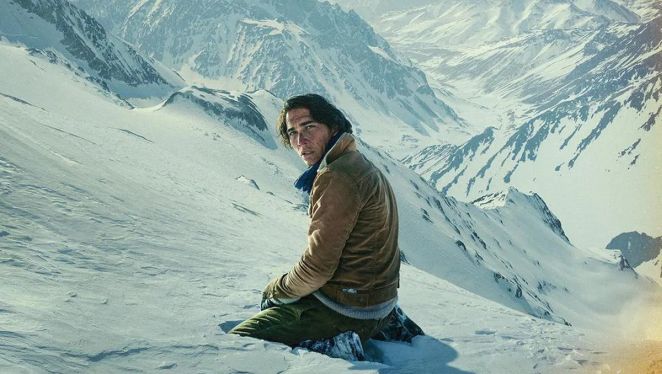
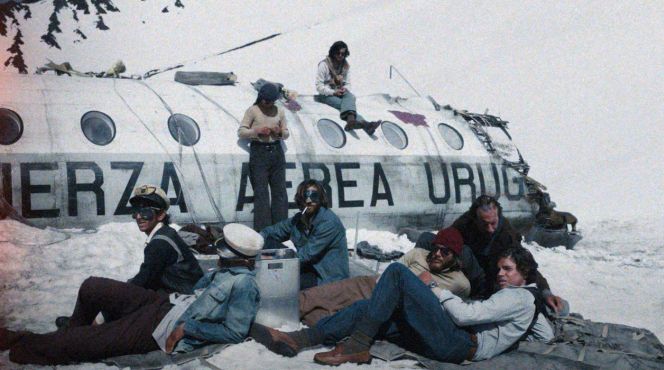
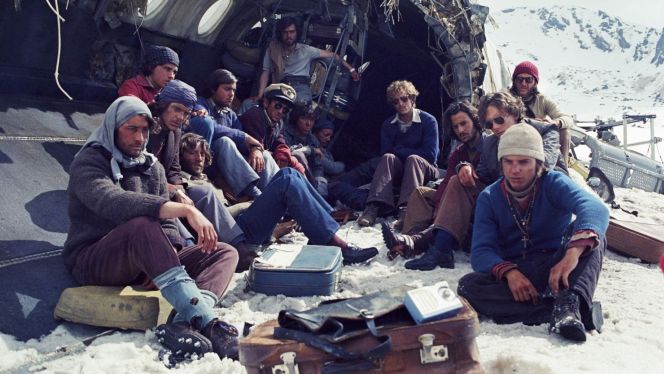
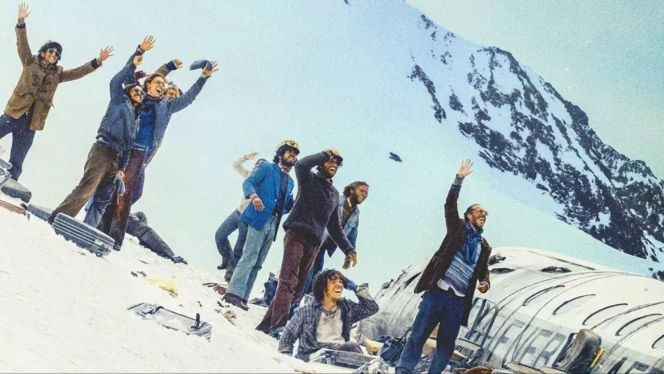
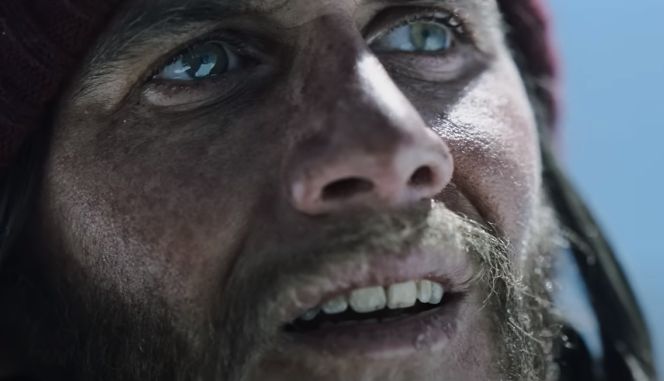
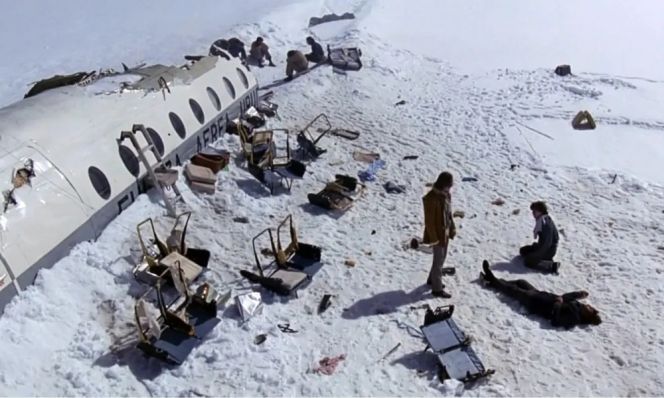



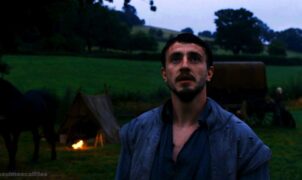








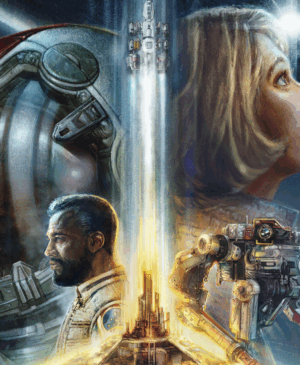
Leave a Reply